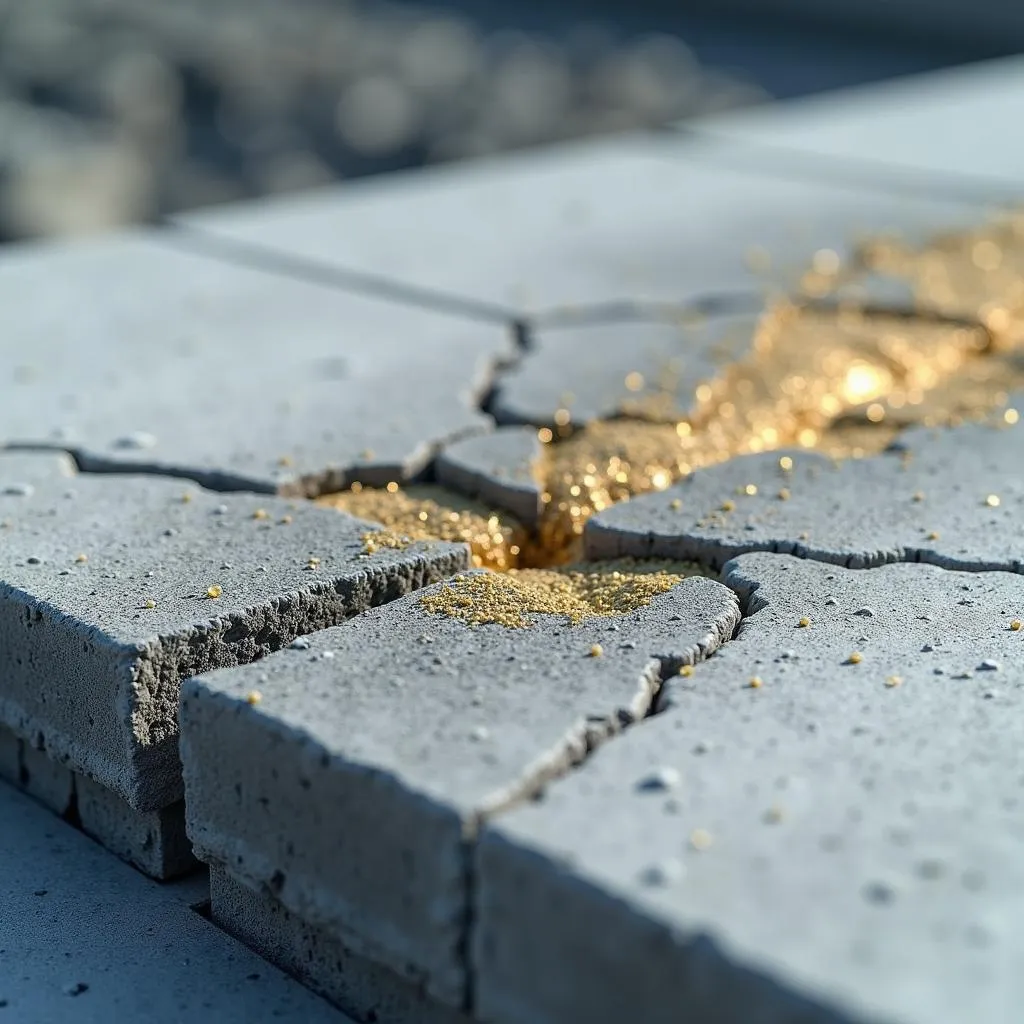In the PTE (Pearson Test of English), Summarize Written Text is a highly important task in the Speaking and Writing section. It requires test-takers to read a passage, understand the main points, and then summarize it in one sentence within a limit of 75 words. One common subject of this task is Smart Materials In Construction, which involves innovative technologies and their impact on the construction industry.
This article provides sample questions and example responses for the Summarize Written Text task, specifically themed around smart materials in the construction sector. By practicing these, candidates can gain valuable insights and improve their chances of success in real PTE exams.
What Are Smart Materials in Construction?
Smart materials, also known as intelligent materials, are advanced materials that are designed to significantly improve the functionality and sustainability of buildings. These materials respond to changes in the environment, such as temperature, light, and humidity, by altering their properties accordingly. They are being increasingly employed to create energy-efficient, eco-friendly, and resilient buildings, which is an essential direction for eco-friendly innovations in construction.
 Smart materials improving building sustainability and efficiency
Smart materials improving building sustainability and efficiency
Sample Summarize Written Text Questions
Sample Question 1
Smart materials in construction have revolutionized the modern construction industry by introducing innovative ways to improve building functionalities. Materials such as self-healing concrete, shape memory alloys, and thermochromic glass adapt to changes in the external environment, improving energy efficiency and reducing long-term maintenance costs. Additionally, these materials contribute to enhancing sustainability by minimizing environmental impact, which is critical given the growing global focus on green and eco-friendly construction practices.
Summarize the text in one sentence in 5 to 75 words.
Band 90 (High proficiency)
Smart materials enhance energy efficiency and sustainability in construction by adapting to environmental changes, which significantly reduces maintenance costs and supports green building practices.
Evaluation:
- Content: Excellent. It covers the key aspects, including energy efficiency, environmental adaptability, and green construction.
- Form: Correct word count (31 words).
- Grammar: Flawless.
- Vocabulary: Appropriate academic vocabulary.
- Spelling: No errors.
Band 65 (Moderate proficiency)
Smart materials help in construction by changing properties based on the environment, making buildings energy-efficient and less costly to maintain.
Evaluation:
- Content: Adequate, but lacks a mention of eco-friendliness and green practices.
- Form: Correct word count (22 words).
- Grammar: Good but can be refined for clarity.
- Vocabulary: Acceptable, but simpler vocabulary choices limit the sophistication.
- Spelling: No errors.
Band 50 (Low proficiency)
Smart materials make construction better by reducing energy and fixing themselves when broken.
Evaluation:
- Content: Incomplete, omits several important points like environmental adaptation and green building.
- Form: Correct word count (14 words).
- Grammar: Simplistic and lacks complexity.
- Vocabulary: Very basic, and missing technical terms.
- Spelling: No errors.
Sample Question 2
Smart materials offer a dynamic solution to numerous challenges faced in the construction industry, including energy consumption, material degradation, and environmental impact. By actively responding to environmental factors such as temperature and stress, smart materials like photovoltaic glass and piezoelectric tiles help produce energy and maintain structural integrity. Their innovative nature not only reduces resource wastage but also extends the lifespan of buildings, positioning them as essential components of future architecture.
Summarize the text in one sentence in 5 to 75 words.
Band 90 (High proficiency)
Smart materials are vital in modern construction for reducing energy consumption, maintaining structural integrity, and minimizing environmental impact by actively responding to external factors and producing energy.
Evaluation:
- Content: Comprehensive, mentions key aspects including energy production, environmental impact, and material longevity.
- Form: Correct word count (29 words).
- Grammar: Perfect grammar.
- Vocabulary: Precise academic terms.
- Spelling: No mistakes.
Band 65 (Moderate proficiency)
Smart materials in construction help to lower energy use and make buildings last longer by producing energy and adapting to environmental stress.
Evaluation:
- Content: Accurate but lacks the mention of environmental impact.
- Form: Word count within limits (24 words).
- Grammar: Clear but basic.
- Vocabulary: Suitable but less academic.
- Spelling: Correct.
Band 50 (Low proficiency)
Smart materials are good for the environment and help buildings use less energy.
Evaluation:
- Content: Insufficient, only addresses environmental benefits and omits other key points.
- Form: Correct word count (12 words).
- Grammar: Very simple with limited complexity.
- Vocabulary: Basic level.
- Spelling: No errors.
Vocabulary and Grammar Development
Here are 10 higher-level vocabulary words found in the passages, along with their phonetics, meanings, and examples:
- Revolutionize /ˌrɛvəˈluːʃəˌnaɪz/ — to completely change something in a way that improves it. Example: The introduction of smart materials has revolutionized the construction industry.
- Self-healing /sɛlfˈhiːlɪŋ/ — capable of repairing itself automatically. Example: Self-healing concrete can fill cracks by itself over time.
- Environmental impact /ɪnˌvaɪərənˈmɛntəl ˈɪmpækt/ — the effect of human activities on the environment. Example: Smart materials significantly reduce the environmental impact of construction projects.
- Thermochromic /ˌθɜːrməʊˈkroʊmɪk/ — materials that change color in response to temperature changes. Example: Thermochromic glass allows buildings to become more energy-efficient.
- Piezoelectric /paɪˌiːzoʊɪlɛktrɪk/ — materials that generate electricity in response to mechanical stress. Example: Piezoelectric tiles can generate power from foot traffic.
- Photovoltaic /foʊˌtoʊvɒlˈtaɪɪk/ — capable of converting light into electricity. Example: Photovoltaic glass windows can both enhance lighting and generate electricity.
- Adaptation /ˌædæpˈteɪʃən/ — the process of adjusting or changing. Example: Smart materials allow rapid adaptation to changing environmental conditions.
- Longevity /lɒnˈdʒɛvəti/ — long duration of life or service. Example: Buildings made with smart materials have greater longevity due to reduced wear.
- Resilience /rɪˈzɪliəns/ — the ability to recover quickly from difficulties. Example: Smart materials contribute greatly to the resilience of modern structures.
- Sustainability /səˌsteɪnəˈbɪlɪti/ — the ability to be maintained over the long term without depleting resources or harming the environment. Example: Using smart materials helps promote sustainability in construction.
 Smart materials with self-healing properties improving building durability
Smart materials with self-healing properties improving building durability
Conclusion
Summarize Written Text is an essential part of the PTE Speaking & Writing section, and practicing with topics like Smart Materials in Construction offers real-world relevance to modern technological and environmental advances. Topics such as this often appear on PTE exams, so it’s advisable to get familiar with the vocabulary, ideas, and format to excel. Remember, consistent practice along with understanding the specific themes—like smart materials—will significantly increase your chances of success!